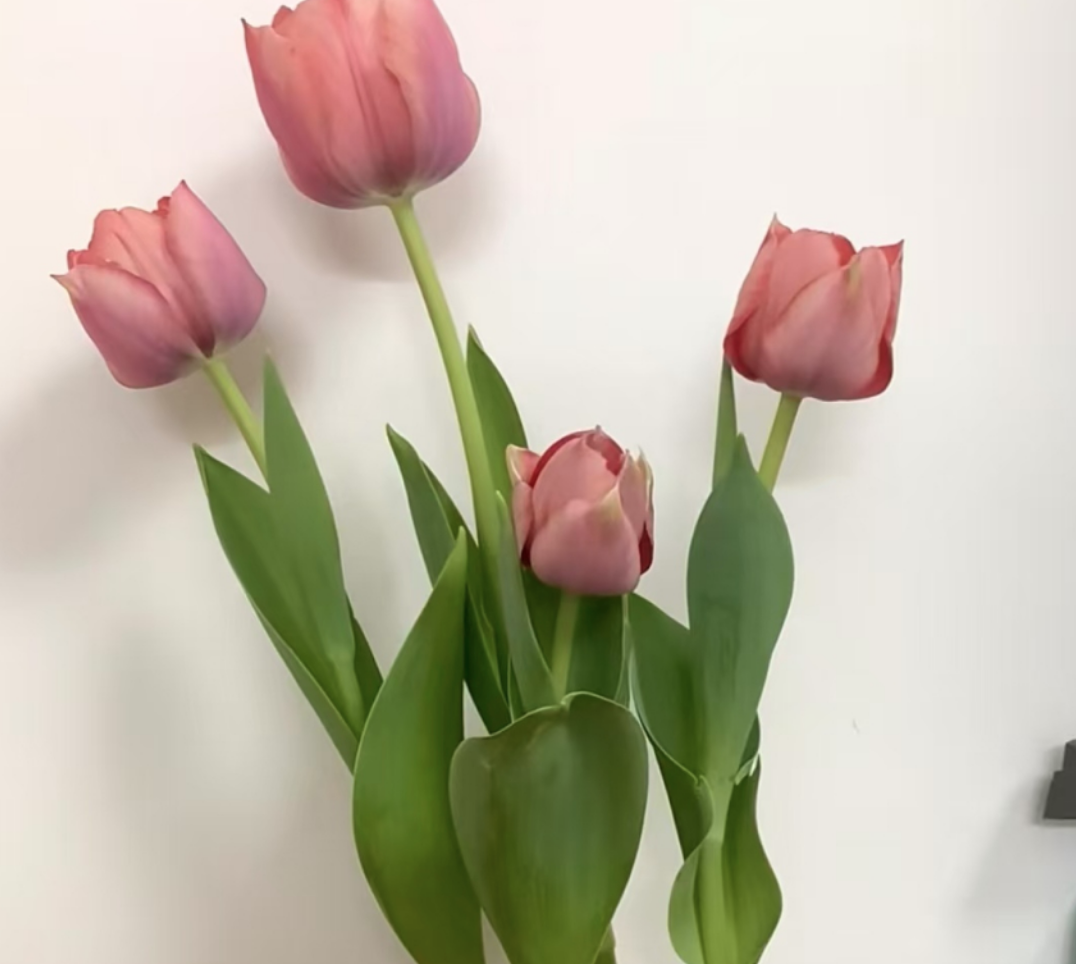Many people grow some flowers and plants to relieve daily life pressure. Although this is a good thing, some flowers inherently contain certain "toxins". If people don't pay attention during the cultivation process and come into contact with them with their skin, it is easy to cause risks such as itching, redness, hair loss, and insomnia. To protect their own health, everyone should avoid keeping these flowers indoors when making choices.
Oleander
Oleander has a very appealing appearance. It has green and slender leaves, and its flowers are bright red when in bloom. It can even emit a delicate fragrance. However, it should be noted that the entire plant is poisonous, and it is one of the flowers with relatively high toxicity. If it is placed indoors during cultivation and people accidentally come into contact with its sap or ingest it, it is likely to cause red rashes, numbness on the body, and problems such as dizziness and diarrhea.
Therefore, it is not recommended to keep oleander at home. When seeing it on the street, people should also keep a distance and not pick the flower branches with their bare hands.
Evening Primrose
The evening primrose is also a flower with a beautiful posture and fragrance. From a certain perspective, it can even repel mosquitoes, and it is quite common in gardens. However, the drawback of its fragrance is that if it is placed in an indoor environment with poor ventilation, the strong fragrance may stimulate people's central nervous system, which will subsequently affect the quality of sleep. At the same time, smelling this fragrance for a long time can also cause symptoms such as chest tightness, dizziness, difficulty breathing, shortness of breath, and coughing. Therefore, it is advisable that people with heart disease or high blood pressure should never keep it.
Tulip
As the national flower of the Netherlands, the tulip is also one of the most popular flowers sold globally. Its petals come in many different colors, and the petals are layered. It has an elegant posture when in full bloom. However, this beautiful flower actually contains toxic alkaloids. Whether it is humans or animals, if they stay in a tulip flower bed for more than two hours, they are likely to experience poisoning symptoms such as dizziness and discomfort. In severe cases, there may even be a transient large amount of hair loss. Therefore, if you want to keep tulips at home, it is better to choose cut flowers instead of planting them. When enjoying tulips outdoors, people should also try to stay away from them and avoid contact.
What kinds of plants can make people feel dizzy?

Share with
Tagged in :




Leave a Reply